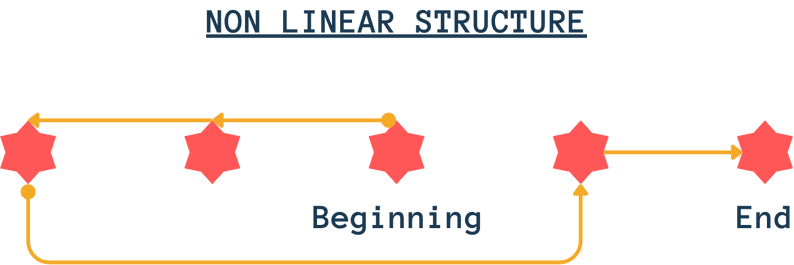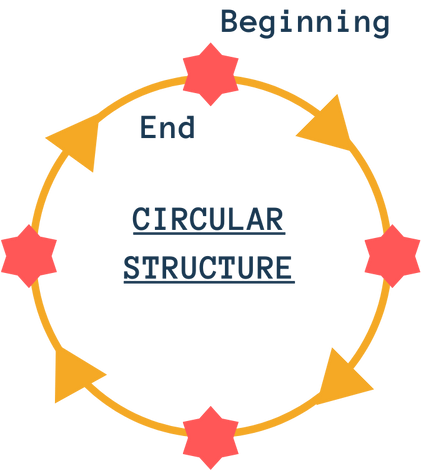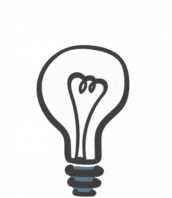Lesson 2: Introduction to Story Structures
Welcome to the fascinating world of story structures!
Have you ever wondered how authors captivate their readers, guiding them through a narrative that has them turning pages late into the night? Or how filmmakers construct stories that keep audiences on the edge of their seats? One of the keys to creating engaging, effective stories is structure.
Story structure refers to the way the elements of a story are organized and presented to the reader or viewer. Whether we’re reading a novel, watching a movie, or even listening to a friend recount a humorous incident, the narrative is usually built around a specific structure.
There are many ways to structure a story, but let’s focus on three common types:
Linear Story Structure:
This is the most traditional type of story structure, where events unfold in chronological order, from beginning to end. Imagine it like a straight line, starting with the story’s exposition and leading to the climax, followed by the resolution. Most fairy tales and many classic novels follow a linear structure.

Examples from well-known literature:
“Harry Potter” series by J.K. Rowling: The seven-book series is a clear example of linear narrative structure. The story follows Harry Potter from his first year at Hogwarts to his final battle with Voldemort, progressing in a chronological manner from beginning to end. Each book represents one year in Harry’s life.
“The Lion King” (Movie): The Disney classic follows a linear narrative structure, as we watch Simba’s life progress from a cub to a mature lion. The story follows his journey in chronological order, from his childhood in the Pride Lands, his exile after his father’s death, and his return to reclaim his kingdom.
Non-Linear Story Structure:
This type of structure breaks the chronological sequence. Instead of a straight line, the story might jump back and forth in time, presenting events out of order through techniques like flashbacks or flash-forwards. This structure can add complexity and intrigue, keeping readers actively piecing together the narrative.

Circular Story Structure:
In a circular narrative, the story ends up where it started, forming a complete circle. This could involve characters returning to a physical or emotional place they began, giving a sense of closure, futility, or the cyclical nature of life.


